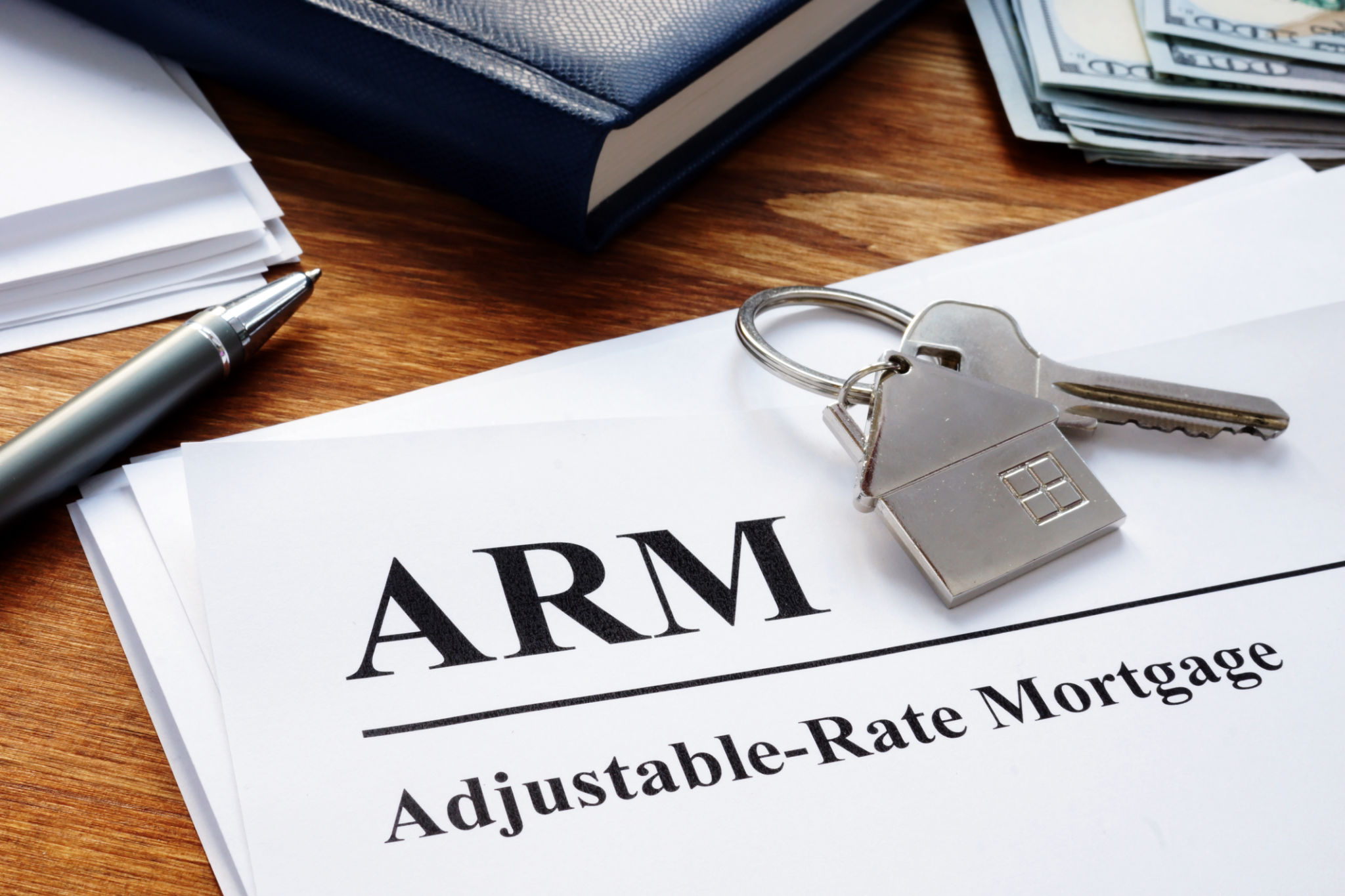Comparing Mortgage Options: Fixed vs. Adjustable-Rate Mortgages in California
Understanding Fixed-Rate Mortgages
When you're considering mortgage options in California, fixed-rate mortgages (FRMs) are often the first choice for many homebuyers. As the name suggests, a fixed-rate mortgage locks in your interest rate for the life of the loan, typically 15 to 30 years. This means your monthly payments remain consistent, providing financial predictability and stability.
One of the main advantages of a fixed-rate mortgage is protection against rising interest rates. Even if market rates increase, your mortgage rate remains unchanged. This makes budgeting easier and offers peace of mind for those planning to stay in their homes long-term.

Advantages and Disadvantages of Fixed-Rate Mortgages
The main benefit of a fixed-rate mortgage is the stability it offers. However, one downside is that these loans often have higher initial interest rates compared to adjustable-rate mortgages (ARMs). If you plan to sell or refinance before the loan term ends, you might not benefit from the fixed rate.
Another factor to consider is the potential savings on an ARM if interest rates fall. With a fixed-rate mortgage, you'd need to refinance to take advantage of lower rates, which could incur additional costs.
Diving into Adjustable-Rate Mortgages
Adjustable-rate mortgages feature interest rates that change over time, typically after an initial fixed period. For example, a 5/1 ARM has a fixed rate for the first five years, after which the rate adjusts annually based on market conditions. This initial period often comes with a lower rate than a comparable fixed-rate mortgage.
ARMs can be attractive for buyers who plan to move or refinance within a few years. The lower initial rate can lead to significant savings during the initial period. However, it's essential to understand how much your payments could increase if interest rates rise.

Pros and Cons of Adjustable-Rate Mortgages
The potential for lower initial payments is one of the key benefits of an ARM. This can make it easier to qualify for a larger loan or reduce your monthly expenses when buying a home. Additionally, if market rates decrease, your rate may adjust downward, potentially reducing your payments.
On the downside, ARMs come with uncertainty. After the initial period, your rate and payments could increase significantly, making budgeting challenging. It's crucial to assess your risk tolerance and financial flexibility before opting for an ARM.
Choosing the Right Mortgage for Your Needs
When deciding between a fixed-rate and an adjustable-rate mortgage in California, consider your financial goals, how long you plan to stay in the home, and your comfort level with potential payment fluctuations. Also, factor in current market conditions and consult with a financial advisor or mortgage professional.

For those prioritizing long-term stability and predictability, a fixed-rate mortgage may be the better choice. Conversely, if you're seeking lower initial costs and are comfortable with some risk, an ARM might suit your needs better.
Ultimately, understanding the differences between these two options will empower you to make an informed decision that aligns with your financial strategy and lifestyle goals.
